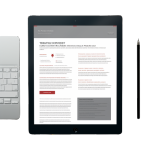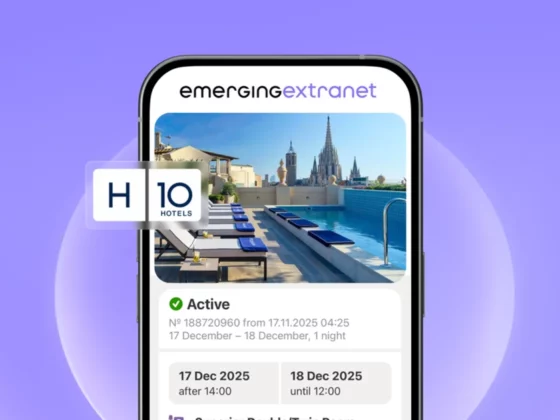What if most of your Meta results would’ve happened anyway?
Sounds uncomfortable.
But it’s the right question.
Because every serious marketer eventually asks:
👉 What is Meta actually driving?
👉 How many of these sales would’ve happened anyway?
Just because someone clicked or viewed an ad then bought
doesn’t mean the ad caused the sale.
Correlation isn’t causation.
Attribution isn’t contribution.
So how do you know what it’s really doing?
Turn Meta off and see what happens?
You could.
But a scientific test would tell you more.
That’s what conversion lift is for.
A test group sees your ads.
A control group doesn’t.
You measure the difference in outcomes.
It’s the gold standard for quantifying incremental impact.
No attribution.
No clicks.
No A/B tests.
No models.
Just causal truth.
Every advertiser should run lift tests every 90 days at least.
Here’s why:
✅ It shows what Meta is really driving
✅ It reveals how many buyers would’ve bought anyway
✅ It helps calibrate your entire measurement stack
Your measurement needs calibrating:
Attribution ≠ incrementality
MMM ≠ actuals
62% of MMM advertisers now calibrate using lift (Kantar).
Lift isn’t just for Meta.
Lift tests should be run on any significant spend.
Search. TikTok. Programmatic.
Your biggest channels need to go under the lift microscope.
For many, that starts with Meta.
Want to understand how good your performance team is?
Ask them this question:
How many Meta lift tests have they run in the last 90 days?







